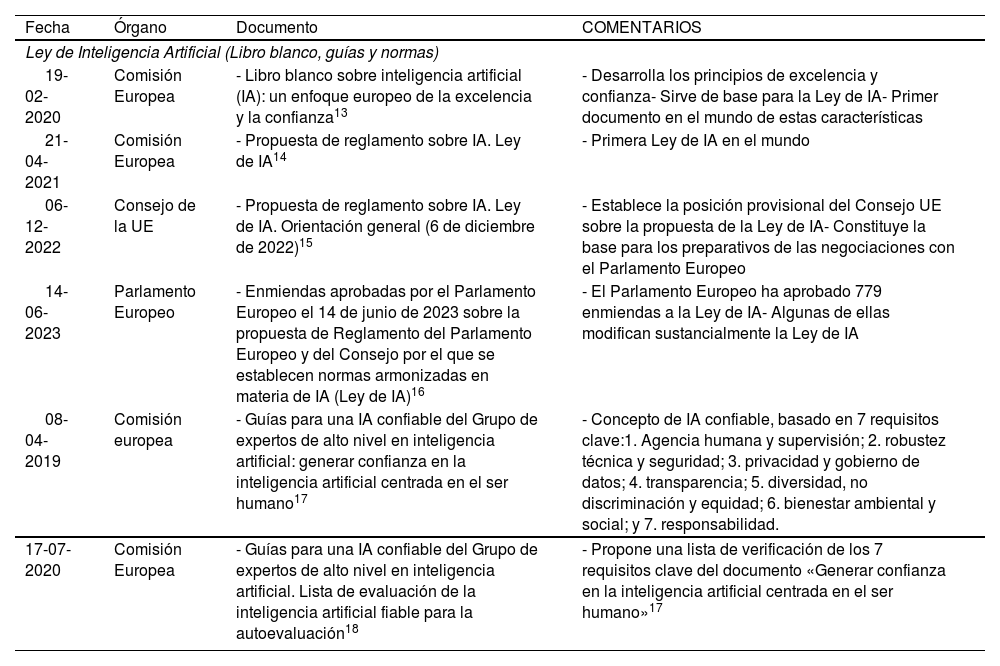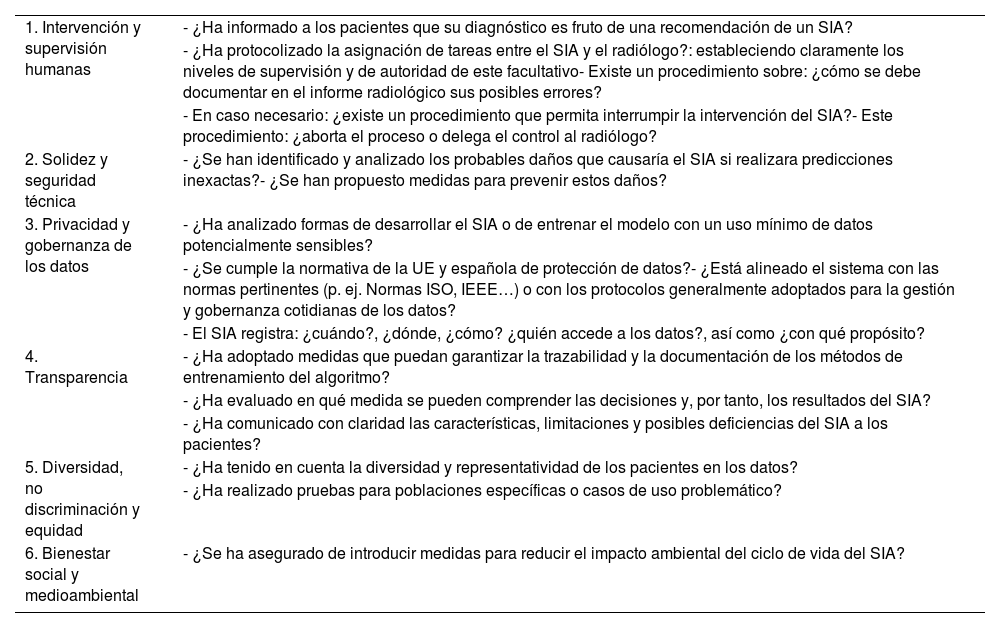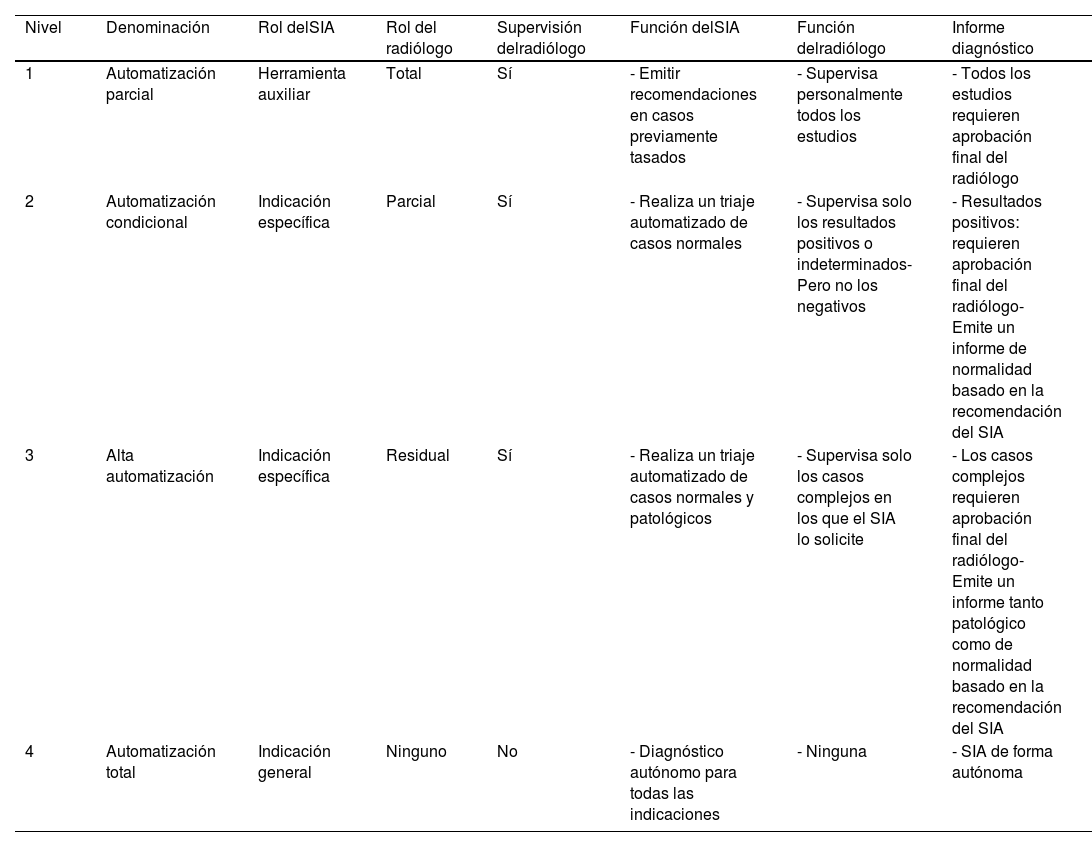La Unión Europea está liderando a nivel global la regulación legal de la inteligencia artificial (IA) y desarrollando una importante actividad legislativa, entre la que destaca la Ley de IA. El propósito de este artículo es dar a conocer esta normativa y analizar 3 implicaciones prácticas que van a tener que gestionar los radiólogos. En relación con el «enfoque de riesgos», las aplicaciones de IA en radiología van a ser clasificadas como de alto riesgo, lo cual conlleva el cumplimiento de una serie de requisitos y obligaciones. En segundo lugar, la «supervisión efectiva del radiólogo» implica establecer niveles de supervisión-automatización, su grado de autoridad y definir cómo se van a documentar las recomendaciones de la IA en el informe radiológico. Por último, se examinan las formas de «responsabilidad legal» en las que puede incurrir el radiólogo en el supuesto de que el binomio radiólogo-IA cometa un error diagnóstico.
The European Union is taking the lead globally on the regulation of Artificial Intelligence (AI) and developing important legislation, namely the AI Act. The purpose of this article is to describe this regulation and examine three implications that will affect radiologists. In relation to the ‘risk approach’, AI applications in radiology will be classified as high risk, thus necessitating compliance with a series of requirements and obligations. Secondly, ‘effective radiologist supervision’ involves establishing supervision-automation levels, defining an appropriate degree of authority, and determining how AI recommendations will be documented in the radiological report. Finally, this article examines the different forms of ‘legal liability’ that radiologists may incur in the event of a diagnostic error made by combined radiologist-artificial intelligence.




















